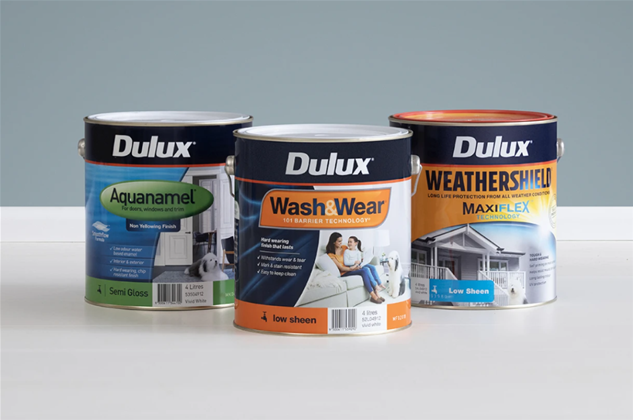DuluxGroup has started using a retail execution tool made by SAP to audit Bunnings stores that sell its DIY wares nationally, helping it solidify its relationship with the retailer.

At the SAP NOW AI summit, CRM service manager Brian Peart said DuluxGroup is using ‘perfect store’, a methodology that is implemented via SAP Sales Cloud.
“A perfect store delivers the right product, in stock, at the right time, at the right price,” SAP states in its documentation.
“It is a methodology that makes the most of retail execution information and takes a highly disciplined approach to achieving maximum sales.
“To achieve a perfect store, you must provide an exceptional customer experience at each point of engagement within a store.”
The methodology is intended to help companies map out what the “perfect outlet/point of sales look like” and help sales representatives plan visits and audit against that ideal store representation.
It appears DuluxGroup uses that latter capability for planning which stores to visit and when in a more automated fashion.
“We have a team of people that go to Bunnings stores and do an audit at stores to check to make sure our stock is in the right locations, and they use the perfect store mechanism,” Peart said.
“Previously, someone manually created all of these [store] visits. We’ve automated that process so that our teams can now, via a template, upload 500 to 600 visits at a time; they go into the system and that’s allocated to the correct salespeople or team to go out and audit the Bunnings store.
“Week to week, that’s saving the business hundreds of hours of not having to manually key this data into a system.”
Peart said that DuluxGroup prioritised trade customer relationships such as with Bunnings.
“We want Bunnings team members to be ambassadors for Dulux, [and] to understand our products,” Peart said.
“Our sales teams really spend a lot of time with all of our trade customers - Bunnings [being] a big one - for them to be able to sell and understand our products.
“That really is part of our customer service [transformation] journey. We’re trying to understand what is needed.”
Current phase of SAP embrace
DuluxGroup has been on a long journey consolidating and upgrading systems, with SAP forming a key part of the endstate.
Peart said the overall intent of the program of work is for the group and its brands - such as Dulux, Selleys, Yates, and Cabot's - to “understand each of [its] customers.”
“How those different brands and business units interact with our customers is foremost in our job day-to-day,” Peart said.
Peart said that the current phase of work is “really looking at trying to get the most out of our current systems.”
“We’re trying to automate and streamline our processes and make it as easy as possible for our users in our [SAP] sales and service clouds and also make it as easy as possible for our customers,” he said.
“We are really starting to look at how AI can help us benefit and simplify processes, and we’re also looking at [SAP Business Technology Platform or] BTP.
“We’ve implemented a couple of initiatives already, and we’ll continue to do that with a view to automate and simplify processes within our business.”
The group has about 900 users of SAP sales cloud and 300 of SAP service cloud.
Fixing pricing
In addition to the retail execution work, Peart highlighted a “really big initiative” from the past 12-to-18 months to shield the group from margin erosion at scale.
“We did a project to simplify the mechanism that salespeople use to give customers pricing,” Peart said.
He noted that before the project, “people were just willy-nilly approving prices for customers, and there was little consideration to margin… [and] no way to really measure and control how much margin leakage was occurring for these manual prices that were given to customers.”
“We’ve simplified and systemised that process into our sales cloud to make salespeople formally put price requests into the system. It then needs to go through an approval process to a manager and whatnot, and then it automatically updates the details into our ERP,” Peart said.
“This has produced two benefits - first, it’s a fully automated process with data going from multiple systems into our finance system to give customers the correct pricing, and second, it’s controlling that margin.
“It allows our businesses to really understand what pricing is being given to customers and whether that’s profitable or not.”




.png&h=140&w=231&c=1&s=0)


 iTnews Executive Retreat - Security Leaders Edition
iTnews Executive Retreat - Security Leaders Edition












_(1).jpg&h=140&w=231&c=1&s=0)



